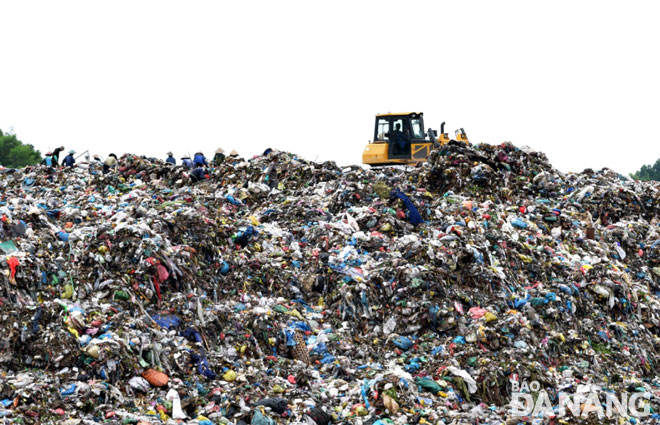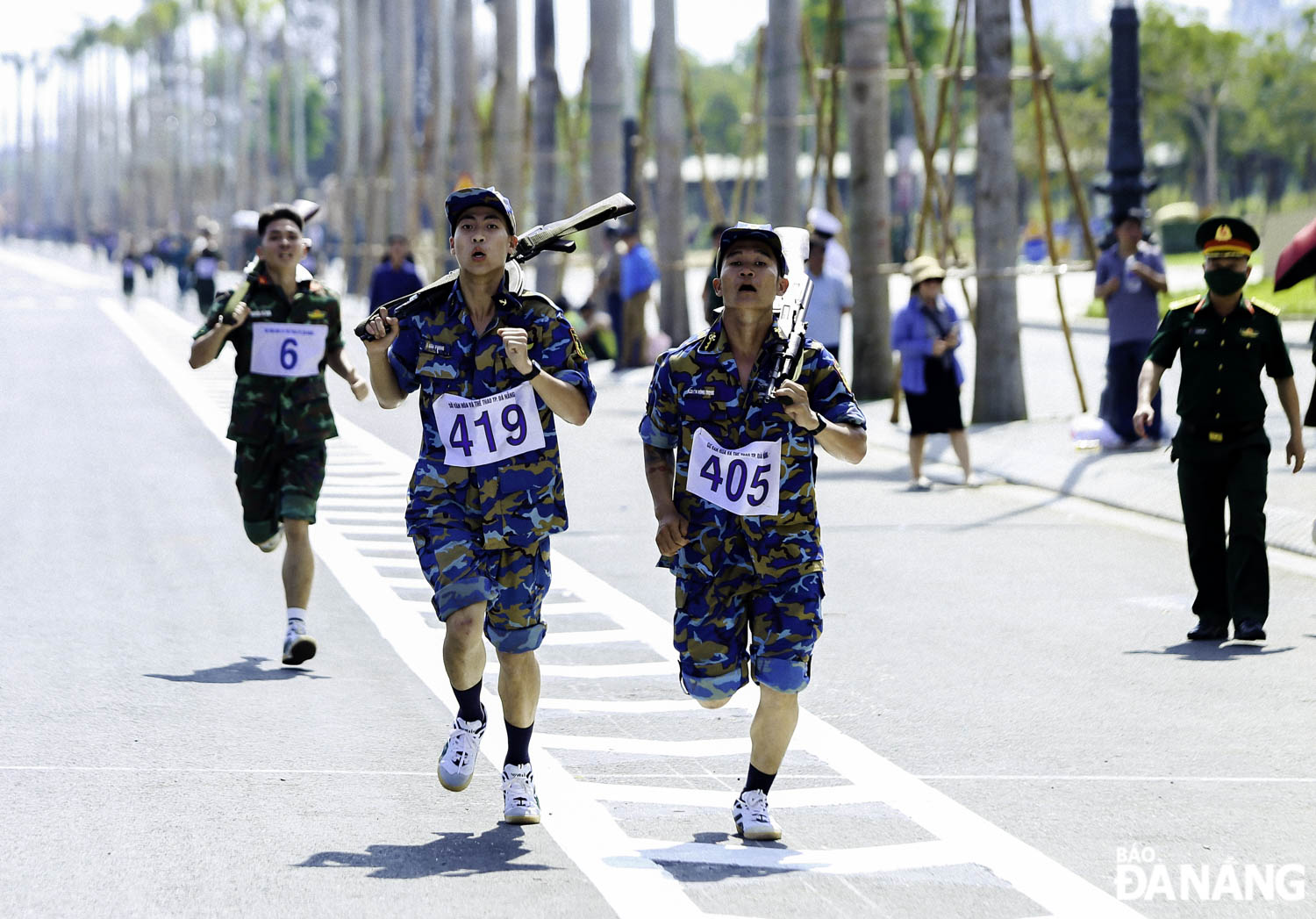Solid waste treatment complex project schedule to be shorten
The Da Nang authorities have asked for permission from the national government agencies to shorten the delivery time for a solid waste treatment complex project due to difficulties facing the locality in dealing with the large volume of untreated solid waste.
 |
| According to ADB’s proposals, the solid waste treatment complex project will cover an area of 119ha in Hoa Vang District’s Hoa Nhon Commune. |
The solid waste treatment complex project will be carried out under the public-private partnership, aiming to find suitable technological solutions to treat urban solid waste, whilst minimising the negative environmental impacts caused by solid waste in the city. This, thereby, will help the locality ensure more effective waste management, and become an environmentally-friendly in the near future.
The Asian Development Bank (ADB), the consultant for the complex project has proposed the 119ha project to be built in Hoa Vang District’s Hoa Nhon Commune.
The project is expected to be put into operation in 2024, and operate for 20 years. The Viet Nam Electricity Group has agreed to purchase electricity generated from the soon-to be-built plant for the entire 20-year term.
The project will feature 2 components: a waste-to-energy plant and a landfill, with a total investment of 189 million US$.
ADB also suggested building this new plant with a capacity of 1,000 tons of garbage per day.
The cost of treating one ton of solid waste is estimated at 37 US$, and waste burial will be reduced to 25% - 30%.
According to an ADB representative, at present, no technologies can help reduce the waste burial amount to below 10%.
Also, the waste treatment cost and investment in the project could be lower if a tender was conducted to choose a suitable investor.
At a recent meeting, municipal People’s Committee Chairman Huynh Duc Tho noted that ADB’s proposals mentioned above did not match the city’s requirements. He,therefore, asked ADB to coordinate with local relevant agencies to find the most possible suitable and optimal options.
The city leader required that the new waste-to-energy plant treat the largest possible volume of solid waste, minimise the volume of buried waste, and use the lowest investment.
Chairman Tho recently asked concerned bodies to ask for permission from the national government ministries and agencies to make pre-feasibility study of the project for approval and then organise bindings to select the investor.
The city’s proposal which is in line with the national regulations on the investment into PPP high-tech application projects, is expected to help to shorten the project schedule as much as possible.
 |
| The Khanh Son landfill site is expected to be full by May 2020, and its working life is likely to end no later than 2021. |
Every day, between 900 and 1,000 tonnes of solid waste are collected from across the city and buried at the Khanh Son Landfill in Lien Chieu District’s Hoa Khanh Nam Ward.
This landfill site is expected to be full by May 2020, and its working life is likely to end no later than 2021.
The city has set a target of collecting 95% of solid waste for treatment over the 2019 – 2025 period, with 12% and 15% to be recycled and reused in 2020 and 2025 respectively.
The city will conduct waste classification at source from March, after piloting the programme in Thanh Khe and Son Tra districts recently.
The move is aimed at promoting the recycling and reuse of waste, and reducing the buried garbage volume. The city expects to expand the waste classification at source initiative across the city by 2022.
In the 2021-2022 period, solid waste in the city will be classified into 4 categories: recyclable waste, such as paper, plastic and metal; toxic waste, such as batteries and light bulbs; construction waste; and other types of waste.




